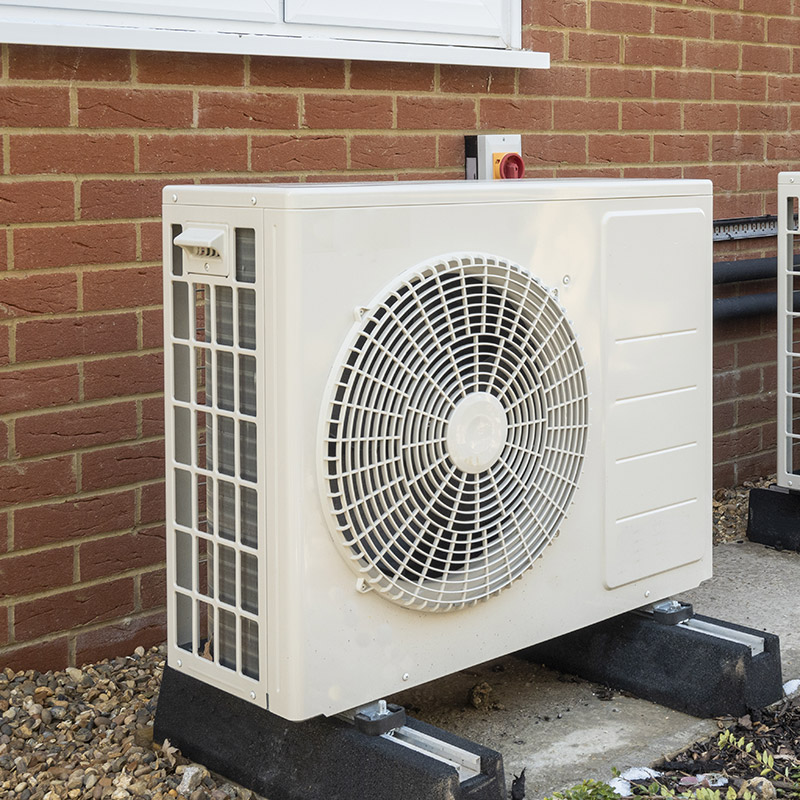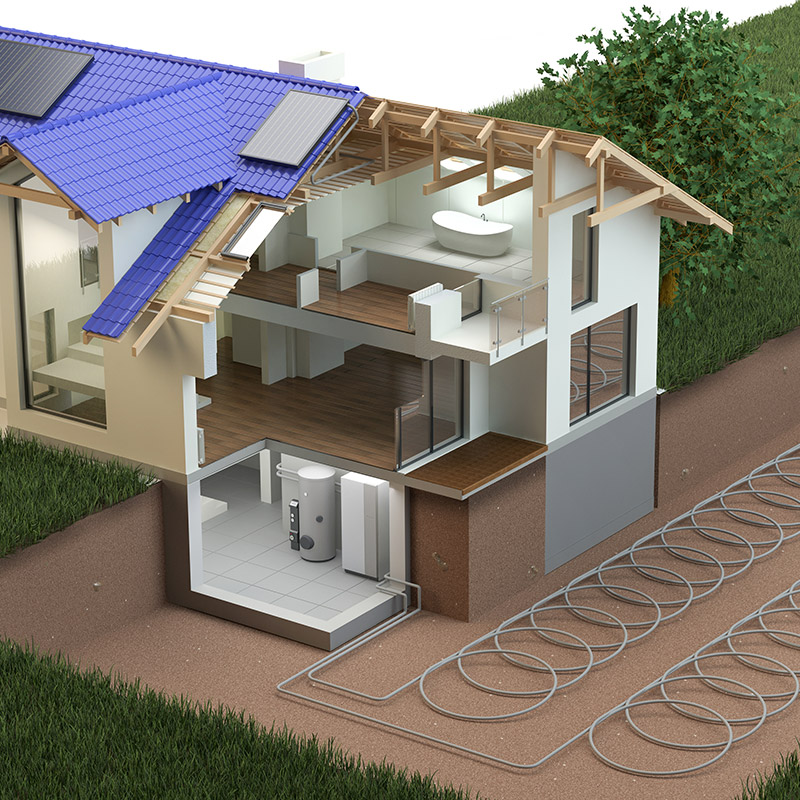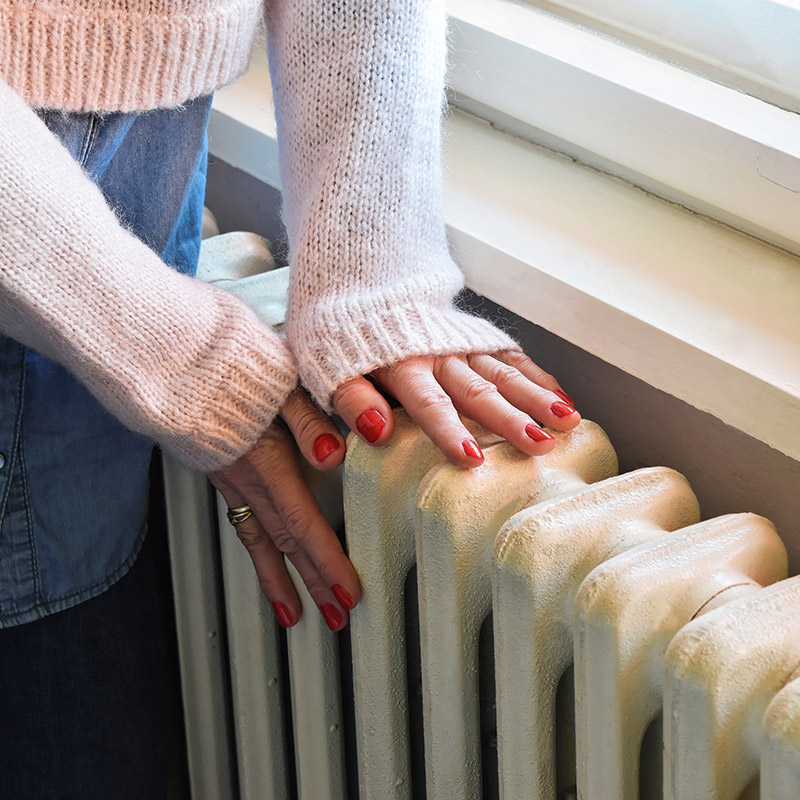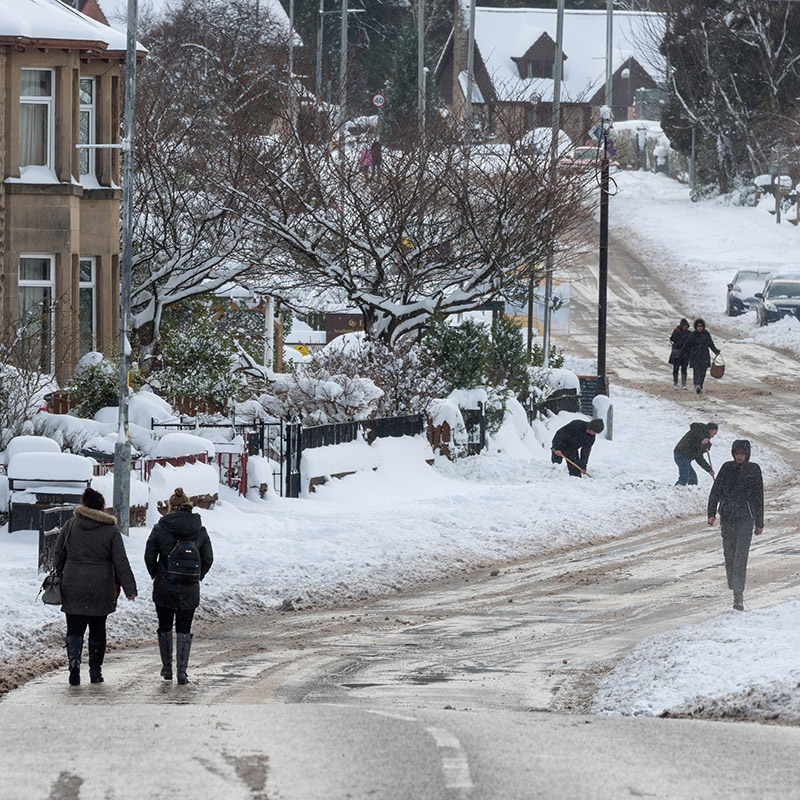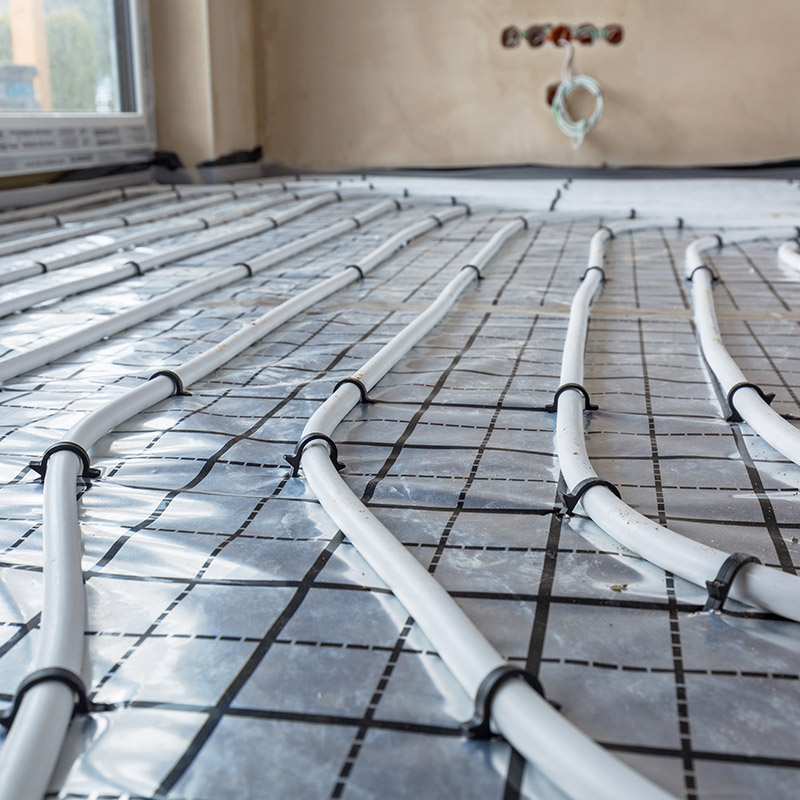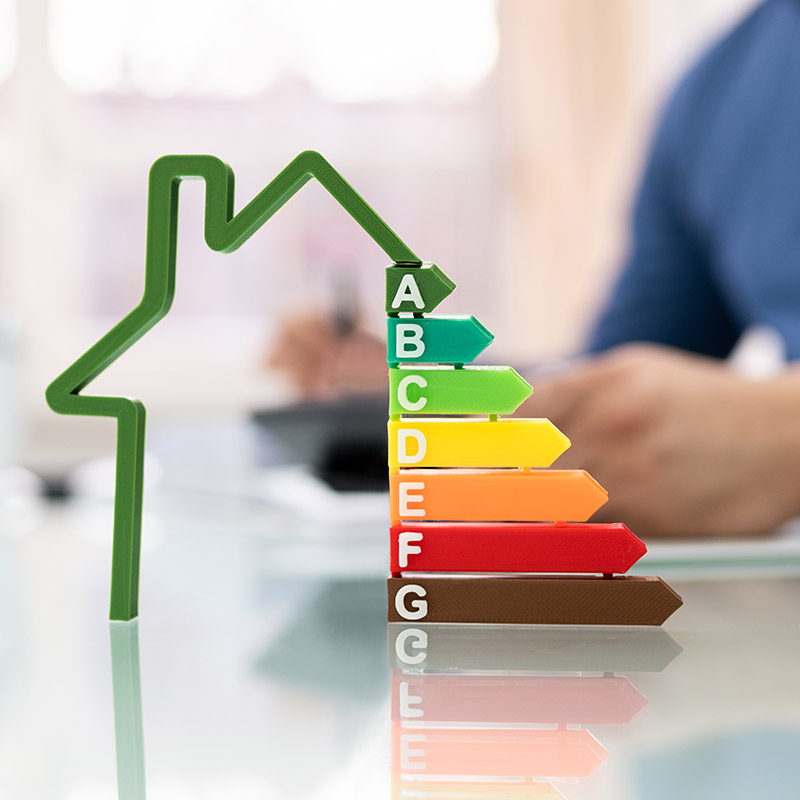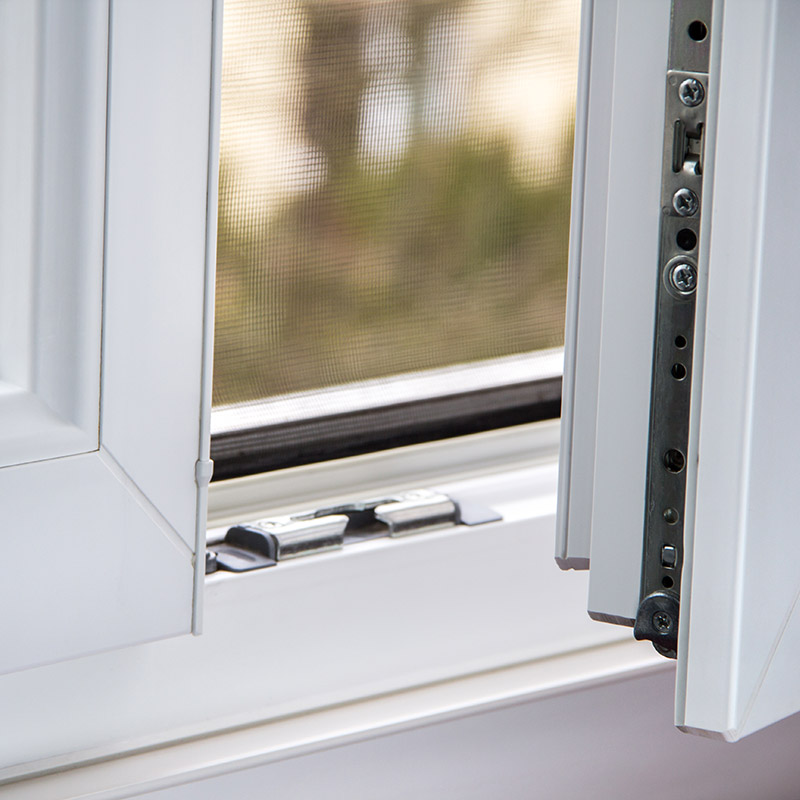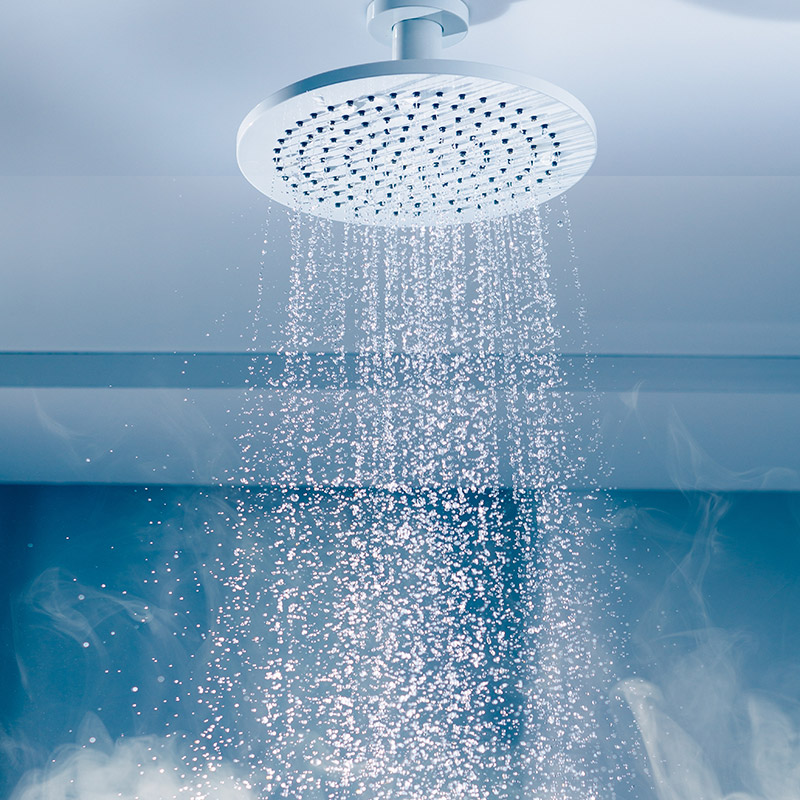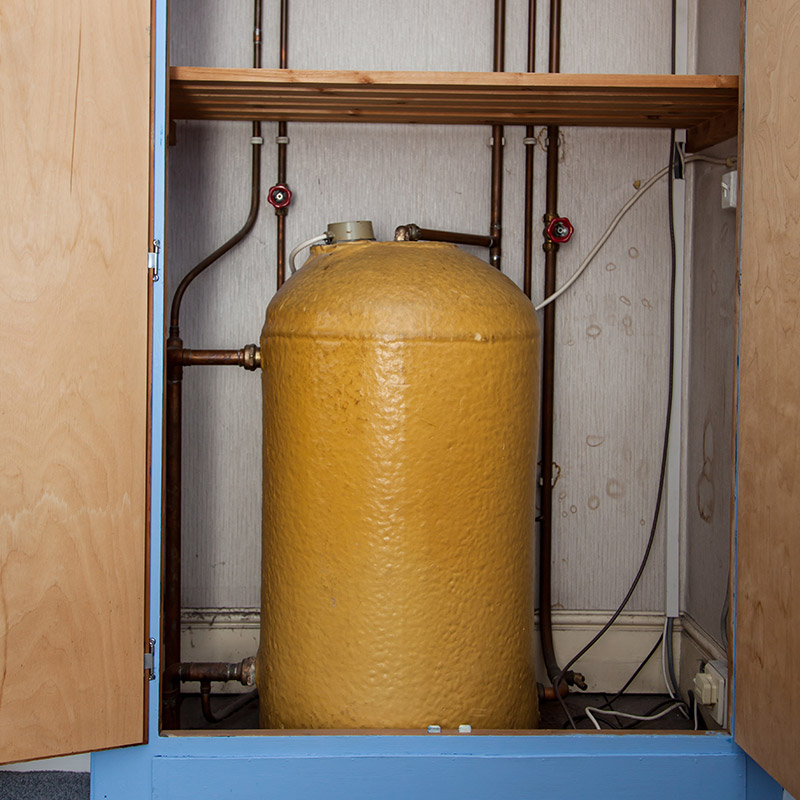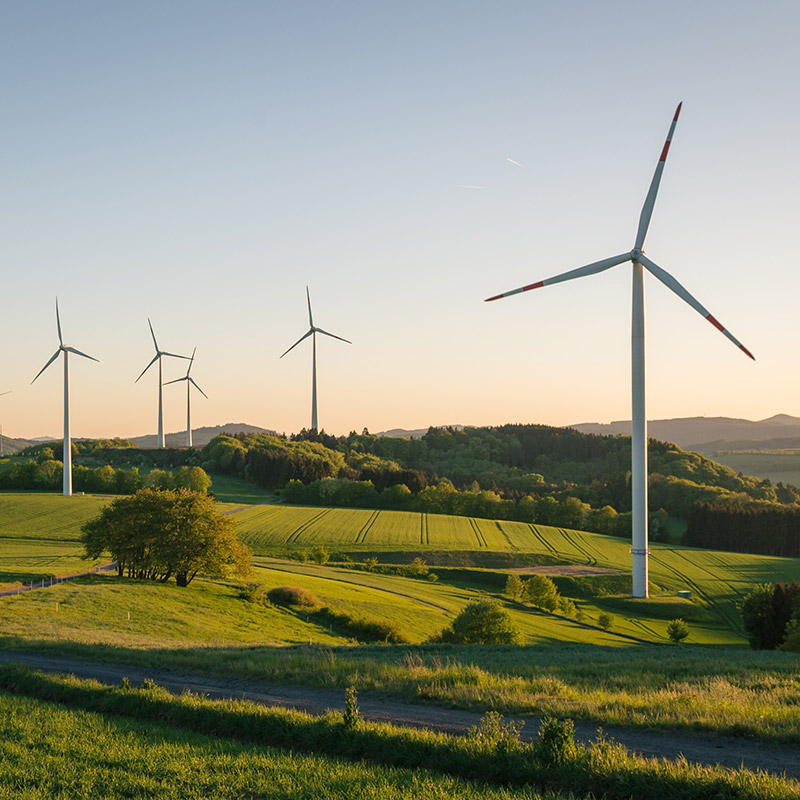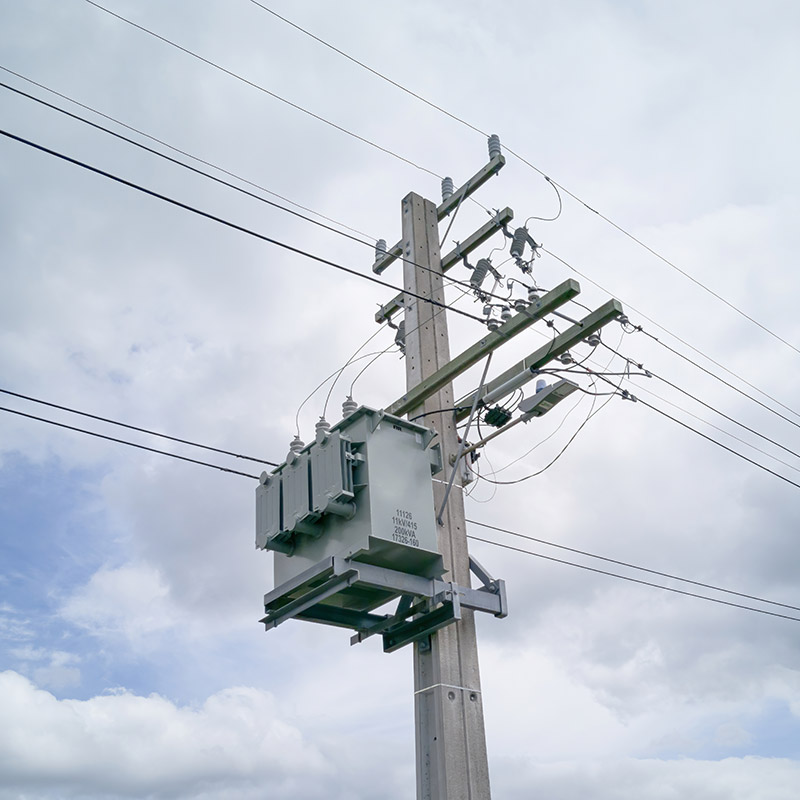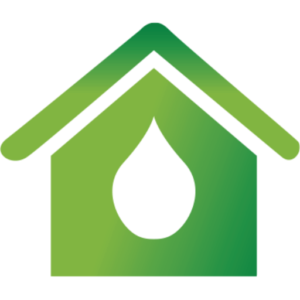This website uses cookies so that we can provide you with the best user experience possible. Cookie information is stored in your browser and performs functions such as recognising you when you return to our website and helping our team to understand which sections of the website you find most interesting and useful.
Strictly Necessary Cookie should be enabled at all times so that we can save your preferences for cookie settings.
This website uses the following necessary cookies:
| Cookie Name | Cookie Type | Purpose | Duration |
|---|---|---|---|
| _GRECAPTCHA | Necessary | Google Recaptcha service sets this cookie to identify bots to protect the website against malicious spam attacks. | 6 months |
| elementor | Necessary | The website's WordPress theme uses this cookie. It allows the website owner to implement or change the website's content in real-time. | Never |
If you disable this cookie, we will not be able to save your preferences. This means that every time you visit this website you will need to enable or disable cookies again.
This website uses Google Analytics to collect anonymous information such as the number of visitors to the site, and the most popular pages.
Keeping these cookies enabled helps us to improve our website.
This website uses the following 3rd partyl cookies:
| Cookie Name | Cookie Type | Purpose | Duration |
|---|---|---|---|
| _fbp | Analytics | Facebook sets this cookie to display advertisements when either on Facebook or on a digital platform powered by Facebook advertising after visiting the website. | 3 months |
| CLID | Analytics | Microsoft Clarity set this cookie to store information about how visitors interact with the website. The cookie helps to provide an analysis report. The data collection includes the number of visitors, where they visit the website, and the pages visited. | 1 year |
| _clck | Analytics | This cookie, set by Bing, is used to collect user information for analytics purposes. | 1 year |
| _clsk | Analytics | Microsoft Clarity sets this cookie to store and consolidate a user's pageviews into a single session recording. | 1 day |
| ANONCHK | Advertising | The ANONCHK cookie, set by Bing, is used to store a user's session ID and verify ads' clicks on the Bing search engine. The cookie helps in reporting and personalization as wells. | 10 minutes |
| yt-remote-device-id | Advertising | YouTube sets this cookie to store the user's video preferences using embedded YouTube videos. | Never |
| yt-remote-connected-devices | Advertising | YouTube sets this cookie to store the user's video preferences using embedded YouTube videos | Never |
| MUID | Advertising | Bing sets this cookie to recognise unique web browsers visiting Microsoft sites. This cookie is used for advertising, site analytics, and other operations. | 1 year 24 days |
| YSC | Advertising | Youtube sets this cookie to track the views of embedded videos on Youtube pages. | Session |
| VISITOR_INFO1_LIVE | Advertising | YouTube sets this cookie to measure bandwidth, determining whether the user gets the new or old player interface. | 6 months |
Please enable Strictly Necessary Cookies first so that we can save your preferences!
This website uses the following additional cookies:
| Cookie Name | Cookie Type | Purpose | Duration |
|---|---|---|---|
| _uetsid | Performance | Bing Ads sets this cookie to engage with a user that has previously visited the website. | 1 day |
| _uetvid | Performance | Bing Ads sets this cookie to engage with a user that has previously visited the website. | 1 year 24 days |
| SRM_B | Performance | This cookie, set by Bing, is used to collect user information for analytics purposes. | 1 year 24 days |
Please enable Strictly Necessary Cookies first so that we can save your preferences!


